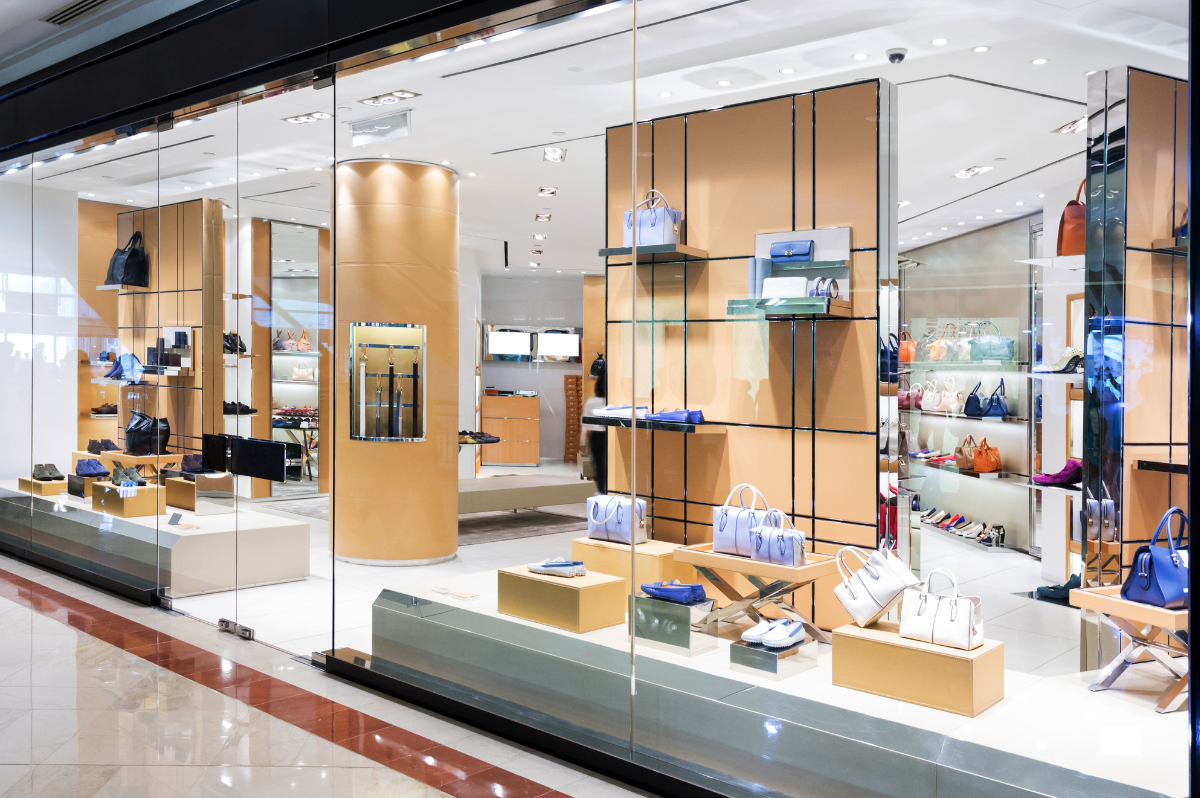The Perfect Target: Why Retail Cyberattacks Are on the Rise

The retail sector is undergoing a digital transformation. From loyalty apps to online storefronts and data-driven advertising campaigns, retailers are leveraging technology to better understand, serve, and retain their customers. But with great data comes great responsibility—and unfortunately, growing vulnerability.
Cyberattacks against the retail industry are rising at an alarming rate. In fact, recent industry reports indicate that retail is now among the top five most targeted sectors for data breaches, with attackers exploiting everything from outdated point-of-sale (POS) systems to lax network access controls.
Why Cybercriminals Love Retail
Retailers are a goldmine for cybercriminals. Here’s why.
1. A Treasure Trove of Customer Data
Modern retailers depend on customer data to drive loyalty and marketing. From phone numbers and email addresses to purchase histories and even payment information, retailers collect and store vast amounts of personally identifiable information (PII). This data is invaluable—not just to retailers, but to attackers.
Cybercriminals use stolen customer data for a wide range of malicious purposes, including:
- Identity theft and fraud
- Phishing and social engineering campaigns
- Black-market resale on the dark web
With such high-value data at stake, retailers have become irresistible targets.
2. Outdated and Fragmented IT Infrastructure
Retail environments often run on a patchwork of legacy systems, many of which weren’t designed with modern cybersecurity threats in mind. It’s not uncommon for POS systems to be running old operating systems, or for inventory and HR systems to lack basic encryption and authentication mechanisms.
Retailers also face unique challenges with distributed operations: stores, warehouses, and call centers all operating on different networks with varying levels of security maturity. This complexity makes it easy for bad actors to find a weak link.
3. Underinvestment in Cybersecurity
Historically, the retail sector has lagged behind industries like finance and healthcare when it comes to cybersecurity investment. Many retailers operate on razor-thin margins and struggle to justify IT spend that doesn’t directly impact sales.
Unfortunately, this reactive approach leaves many organizations exposed. A single breach can cost millions, not just in direct damages and regulatory penalties, but in lost customer trust and long-term brand damage.
Common Attack Vectors in Retail
Here are some of the most common ways attackers infiltrate retail systems:
- Phishing and social engineering to steal employee credentials
- Ransomware that locks down store systems and demands payment
- POS malware that captures payment card data at the point of sale
- Wi-Fi network exploitation, especially in stores offering public access
- Compromised IoT devices, such as smart cameras or inventory trackers
Once inside, attackers often move laterally through networks, accessing systems and exfiltrating data over days, weeks, or even months, undetected.
Why Traditional Security Tools Aren’t Enough
Many retailers still rely heavily on perimeter security tools like firewalls and antivirus software. While these are necessary components, they aren’t sufficient in today’s hyper-connected, cloud-enabled retail environments.
The reality is that:
- Employees, vendors, and devices are constantly connecting and disconnecting from networks.
- Remote access is now standard, especially for corporate functions and IT support.
- The Internet of Things (IoT) is expanding attack surfaces rapidly.
Without visibility into what’s connecting to your network and the ability to enforce dynamic, contextual access policies, you’re essentially flying blind.
Cyberattacks in the retail sector are not just becoming more frequent—they’re becoming more sophisticated. As retailers expand their digital footprints and gather more customer data, the security risks grow in parallel. Outdated systems, limited cybersecurity investment, and the complexity of distributed operations further exacerbate the challenge.
To stay ahead of these threats, retailers need better visibility and control over who and what is connecting to their networks. That’s where cloud-based Network Access Control (NAC) solutions can make a meaningful difference.
By moving NAC to the cloud, retailers can more easily secure devices and users across multiple locations, implement flexible access policies, and respond to threats without the heavy lift of traditional, appliance-based systems. Whether you’re looking to strengthen PCI-DSS compliance, reduce risk from unauthorized IoT devices, or adopt a broader Zero Trust approach, cloud NAC can serve as a foundational piece of your cybersecurity strategy.
Investing in the right tools today can help retail organizations protect customer data, maintain trust, and continue to grow securely in an increasingly connected world.
Try Portnox Cloud for Free Today
Gain access to all of Portnox's powerful zero trust access control free capabilities for 30 days!






